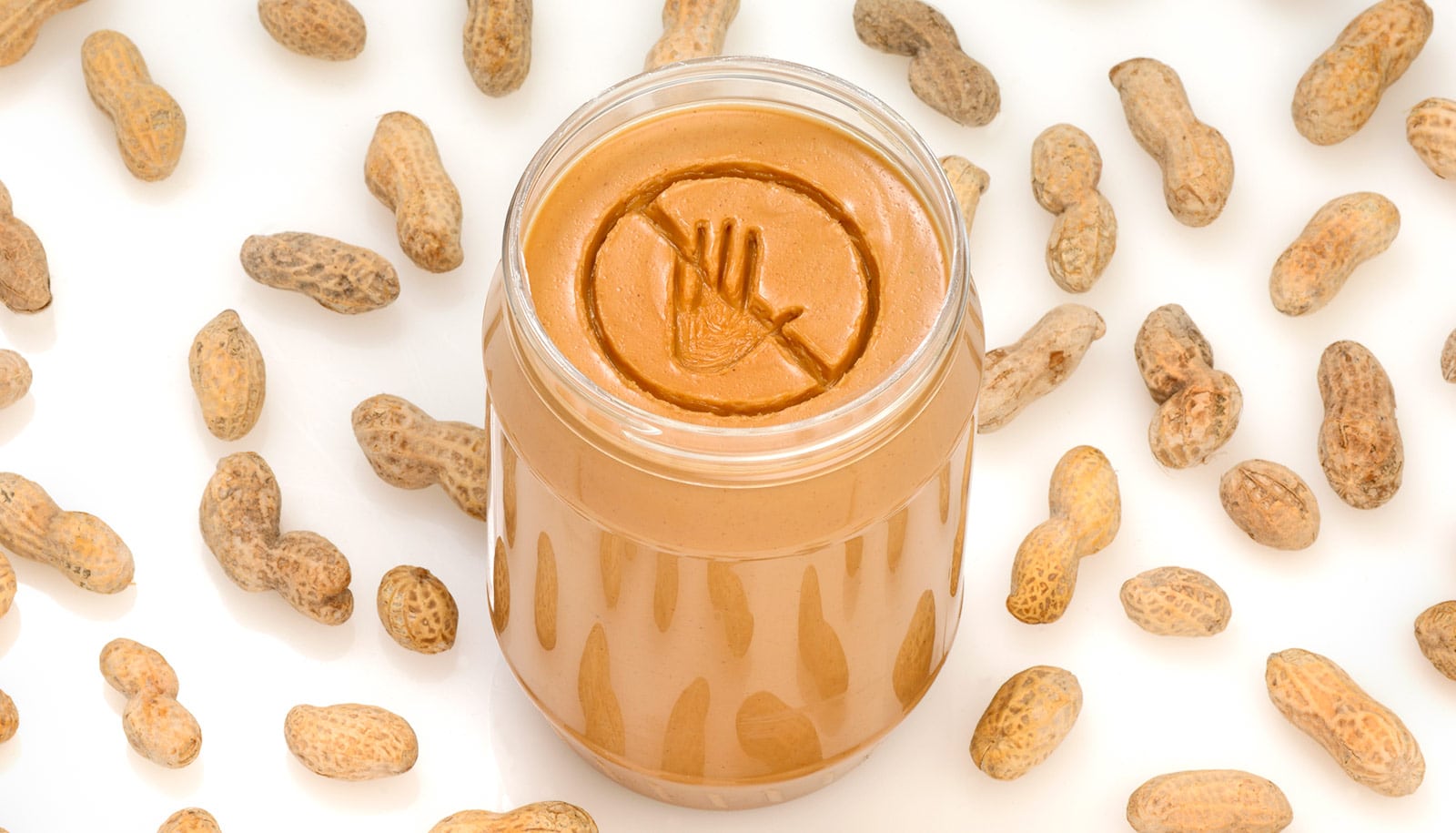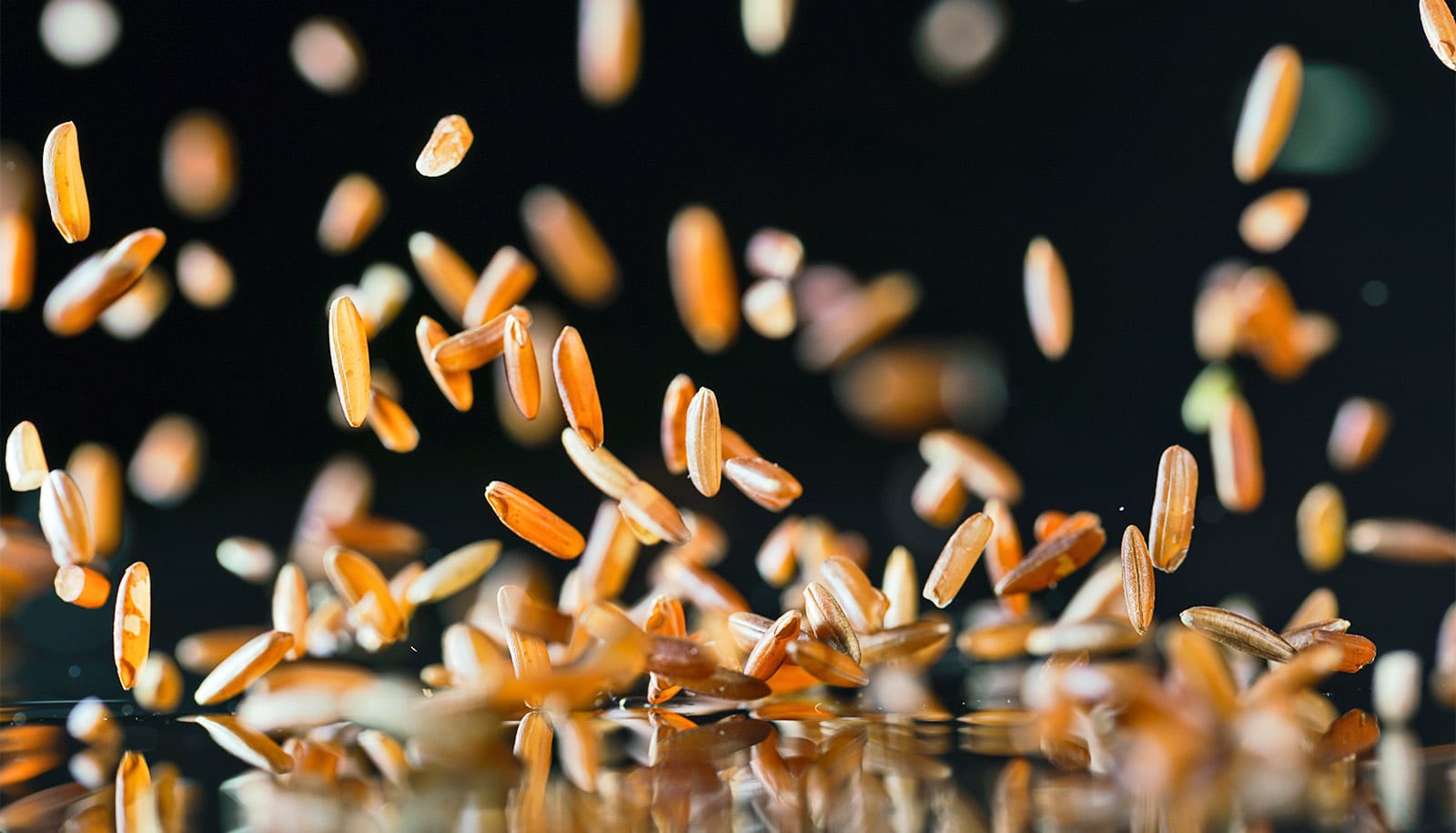Researchers have come up with a new way to fortify food and drinks with iron: a hybrid material made of edible whey protein nanofibrils and iron nanoparticles.
Iron deficiency affects around 1.2 billion people worldwide, causing fatigue, anemia, headaches, and diminished work performance. Boosting iron levels through diet or supplements is difficult since it needs to be in a form that the body can absorb successfully. Further, iron can change the color, taste, and smell of food.
As reported in Nature Nanotechnology, the protein nanofibrils are formed by denaturing native whey protein by heating them to 90°C, and then placing them in strong acid until they form the final protein filaments. Several protein filaments then organize themselves into thicker protein nanofibrils.
The nanofibrils are then combined with iron nanoparticles which can be readily absorbed by the body. To produce these nanoparticles, researchers mixed ferric chloride directly with the protein nanofibrils in the same acid solution, creating iron nanoparticles of 20 nanometers which immediately bind to the protein nanofibrils surface and are effectively stabilized.
A pill a day might not cure iron deficiency
The researchers, from ETH Zurich, say this part is key, since iron nanoparticles are normally not stable: they tend to clump together and form aggregates that can’t easily mix into foods or drinks.
To test the efficacy of the new iron compound, scientists gave it to rats with iron deficiency after they were fed a low-iron diet. The new preparation cured the animals’ iron deficiency and the associated anemia just as effectively as iron sulphate—the most common iron supplement for human use—that has a downside of causing undesirable sensory changes in foods.
The new supplement is also easy to digest: The enzymes in the rats’ stomachs entirely digested the whey protein nanofibrils. Further, acid conditions like those in the stomach dissolved the iron nanoparticles into iron ions, which can be quickly absorbed into the blood and used to produce new red blood cells.
The iron-coated whey protein nanofibrils can come in either powder or liquid form, and the new compound can go into different types of food without affecting their taste, smell, or color.
To identify potential risks and side effects, researchers ran microscopic tests on the rats’ brain, heart, kidneys, and other organs, after they had eaten the nanofibrils for two weeks. They were particularly interested in the whey protein nanofibrils, which have never been used in foods or food supplements before.
Daily cookies with iron lower kids’ lead levels
The structures are similar to amyloid fibrils, which accumulate in the brain and have been linked to Alzheimer’s disease, but are made out of hydrolyzed edible food proteins. Researchers therefore wanted to make sure that eventually undigested protein fibers in the supplement won’t accumulate in the body and potentially produce tissue anomalies.
“On examining the organs and tissues of the rats, we did not find any evidence of nanoparticles or nanofibrils accumulating or possibly causing organ changes,” says Raffaele Mezzenga, professor of health sciences and technology at ETH Zurich. “Our new iron supplement has enormous potential for successfully combating iron deficiency in an economic and efficient way.”
The ingredients in the food supplement are cheap and plentiful. Whey proteins are a byproduct of the dairy industry. Iron salts are also cheap and readily available. As both the process and the ingredients are easy to work with, the supplement could also be a good alternative for people living in poor countries who are more prone to iron deficiency.
Mezzenga and coauthor Michael B. Zimmermann have filed a patent for the product. The Swiss National Science Foundation funded the work.
Source: ETH Zurich



